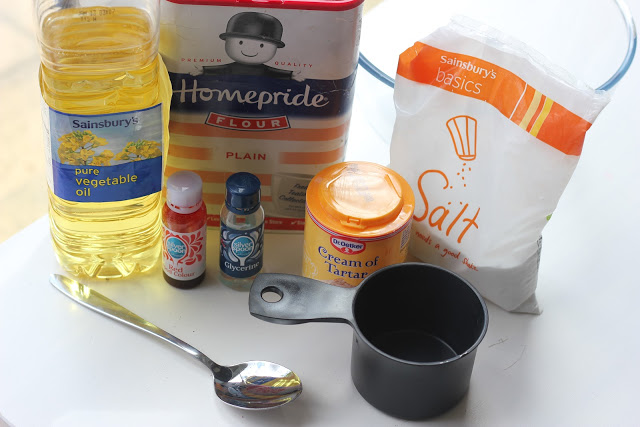
Your child has received a “sounds box” home with them. Each time we learn a new sound in school, your child will receive this sound on a small card to add to their box. The aim of the box is to provide further sounds practise and reinforcement at home, which is very valuable in terms of developing your child’s skills as an early reader.
The sounds are taught in the following order, using the Read, Write, Inc approach:
m, a, s, d, t, i, n, p, g, o, c, k, u, b, f, e, l, h, sh, r, j, v, y, w, th, z, ch, qu, x, ng, nk
Each sound is associated with a picture, which helps with recall of the sound and has an associated rhyme to assist with the formation of each sound. The following document shows these pictures: Read Write Inc Sounds – Pictures
Here are some ways the boxes can be used to support your child at home:
- Go through the sounds in the box. Ask your child to name each sound. The following video provides a good guide for parents for supporting their child with sounds. It demonstrates how to make “pure sounds” as we teach in our learning to read lessons (using the Read, Write, Inc aproach). https://www.youtube.com/watch?v=s6OiU2h3sUI
- Say the rhymes to remember the formation of the written sounds (letters). This document contains all the rhymes: phonics_sounds_set_1__2_and_3-2 This sounds mat shows where to start the formation of each letter: Handwriting formation
- Blend sounds to make words. When we use our sounds and blend them to make words, We call this “Word Time” in school. After we have learned a set of sounds, Fred the frog tells us words we can make from these sounds. The following video shows how we learn to blend with Fred: https://www.youtube.com/watch?v=dEzfpod5w_Q The following document gives words which can be made from the sounds in your child’s sounds box: Word Time words with Set 1 sounds
- Think of words starting with each sound (e.g. s – sun, m – mountain, d – dog etc.).
- As children build up their knowledge of sounds they are able to apply their decoding skills to any unfamiliar word, either real or “nonsense”. During learning to read lessons, your child will practice their decoding skills by sounding out the letters in ‘alien words’. Children are unable to rely on existing knowledge of real words, and instead have to use their letter-sound knowledge.
The following website has an enjoyable game for your child to play to practice their reading of alien words.
http://www.phonicsplay.co.uk/PicnicOnPluto.html
You can make use of the following resource (speed sounds chart) to allow your child to recognise the sounds with speed: RWI-Simple-sounds-chart
Practise with the speed sounds chart in different ways / in a different order to avoid your child learning the order of the sounds rather than recognising individual sounds.
Other ways to support your child’s emergent literacy skills in Term 1:
- Read stories every day.
- Allow your child the chance to experience a variety of texts / print, such as newspapers, magazines, comics, maps, joke bokes etc.
- Visit your local library.
- Make use of reading as an everyday essential skill. For example, follow a simple recipe together.
- Carry out a fun sounds hunt, looking for sounds in different areas (around the home, outside, at the park etc.).
- Play with rhyming words. Sing nursery rhymes. Can you spot the rhyming words?
- Allow your child opportunities to mark-make at home, for example with paper, notepads, letters, cards, postcards, invitations, shopping lists etc. A whiteboard and pen can be purchased from local shops for a reasonable price and are a cost-effective way to provide mark-making opportunities.
- Playing audio books at home can be a nice way for you and your child to enjoy a story together. They will also have the chance to develop their listening skills, since the focus is all on the spoken word.
- Bed time stories are an invaluable way to develop a passion for stories and books. This also helps to develop your child’s imagination.
- Talk about new words at home. Don’t be afraid to introduce “big words” / ambitious vocabulary to your child. This will help to develop their word base and understanding of language.
- Make time to talk. Ask your child about their day at school / their favourite learning this week / their new friends etc. Encourage your child to share this with a wider audience, such as family and friends. This works best free from distractions (e.g. T.V., tablet, phone etc.).
- Develop your child’s gross and fine motor skills, which are important as they learn to write, in a variety of ways. Finger exercises and threading / other fine activities really help develop these skills.












